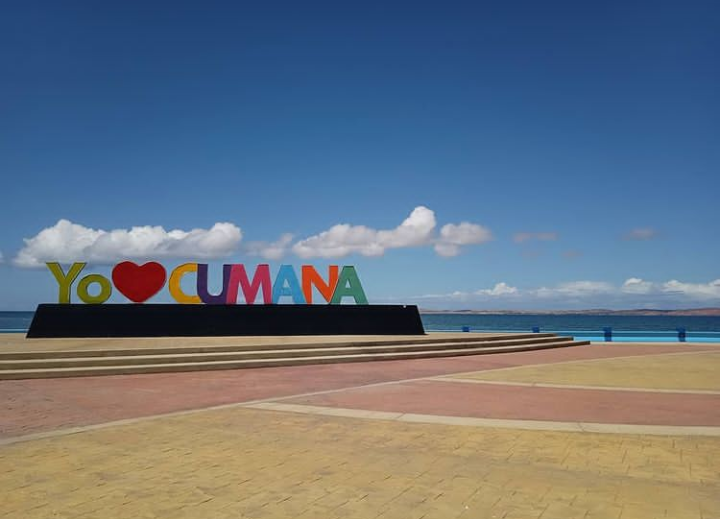
Hola mis estimados amigos de Hive. En este post les comparto un recorrido por los hermosos monumentos históricos de mi hermosa ciudad natal. Cumaná Estado Sucre - Venezuela. El 27 de noviembre del año 1515 fue fundada Cumaná la primogenita del continente americano, capital del estado Sucre, por Fray Pedro de Córdoba, quien escogió este lugar para comenzar la conquista pacífica y evangélica de la tierra firme americana. Cumaná era llamada Puerto de las Perlas por la riqueza perlera que atrajo a los colonizadores, además del abastecimiento de agua dulce del río Chiribichí (hoy Manzanares) y frente a esta costa la Península de Araya con sus imponentes salinas
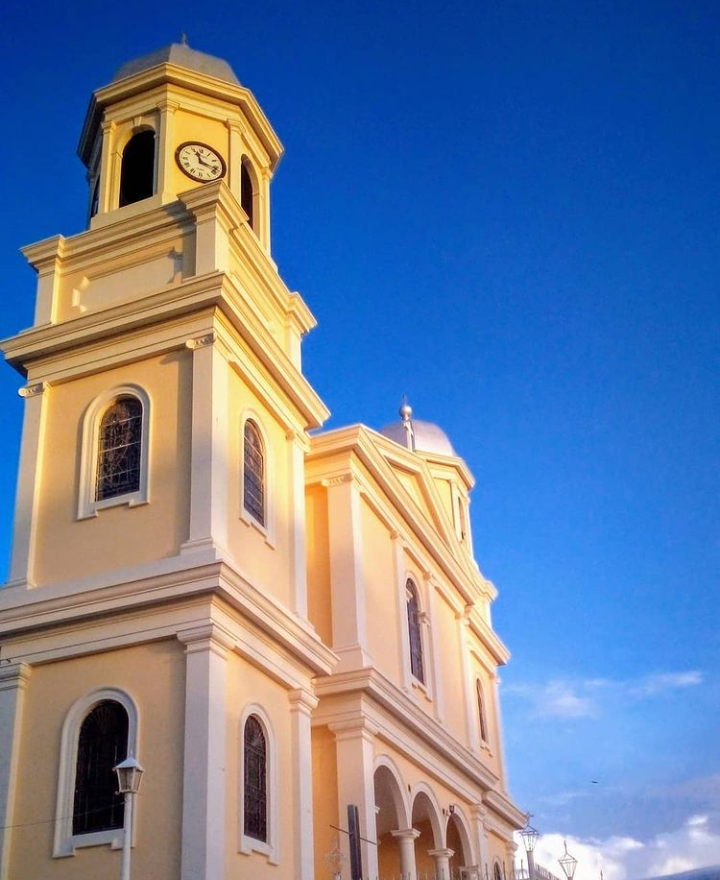
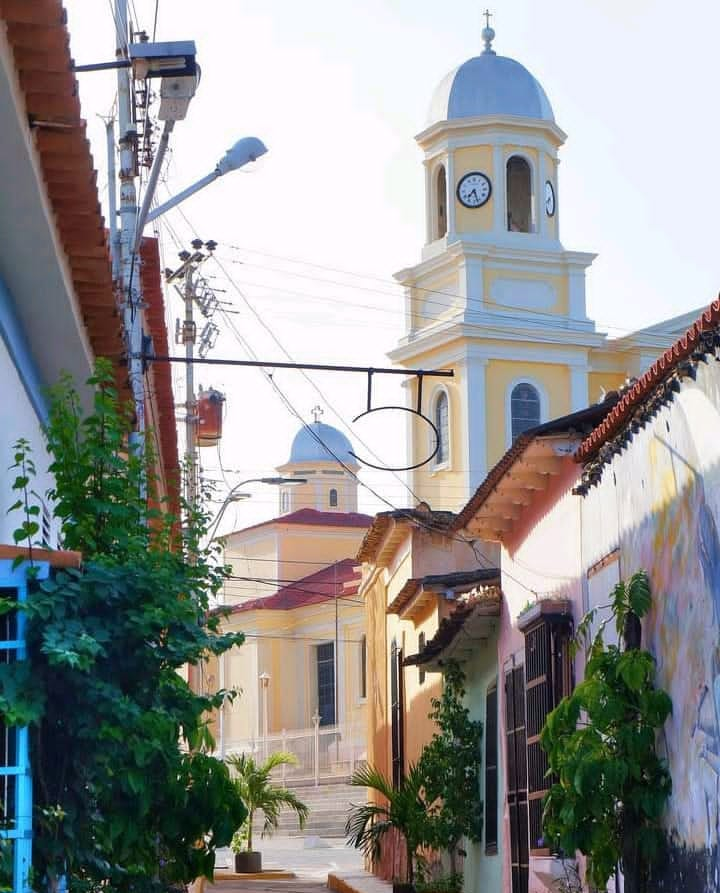
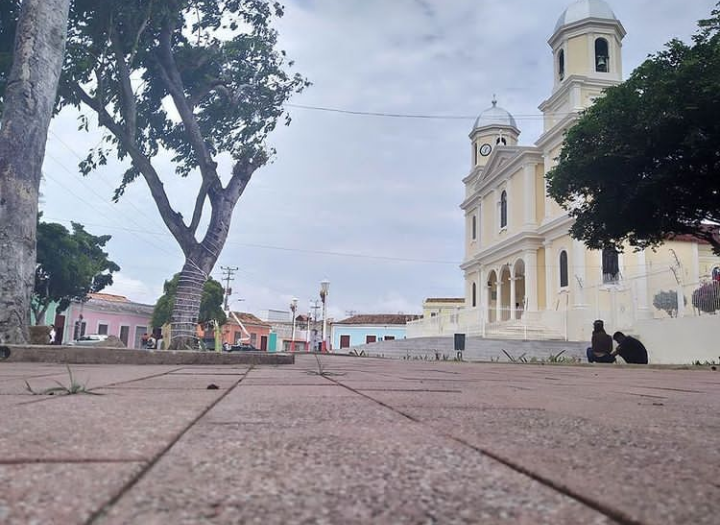
La Iglesia Concatedral de Santa Ines es la más antigua de la ciudad de Cumaná, en Venezuela. Restaurada hacia 1853, está ubicada en la Calle Sucre del Centro Histórico de la ciudad, en el barrio de San Francisco, al lado de las ruinas del Castillo de Santa María de La Cabeza. La Iglesia Santa Inés de Cumaná, fue construida sobre los restos de la Iglesia Parroquial, que también funcionó como Ermita del Carmen. Santa Inés es considerada por la Iglesia Católica como la patrona de la pureza. Es una de las santas más populares de la cristiandad, es probable que haya sido martirizada al principio de la persecución de Diocleciano, quien publicaría sus edictos en marzo del año 303 de nuestra era. Todos los años, una celebración especial es llevada a cabo en la ciudad para venerar la reliquia de Santa Inés Virgen y Mártir, patrona de la ciudad. El evento consiste en una procesión que recorre el centro de la ciudad y termina en la Iglesia.

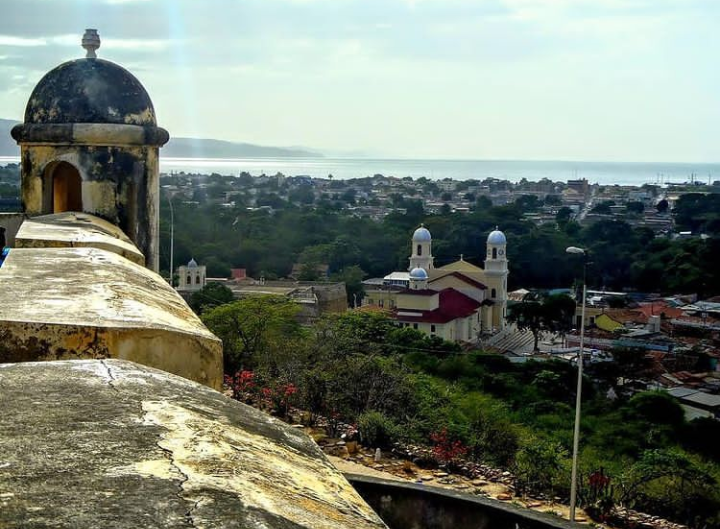
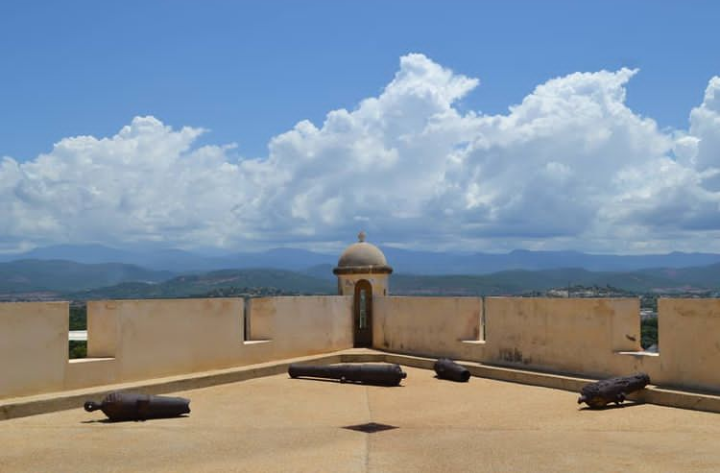
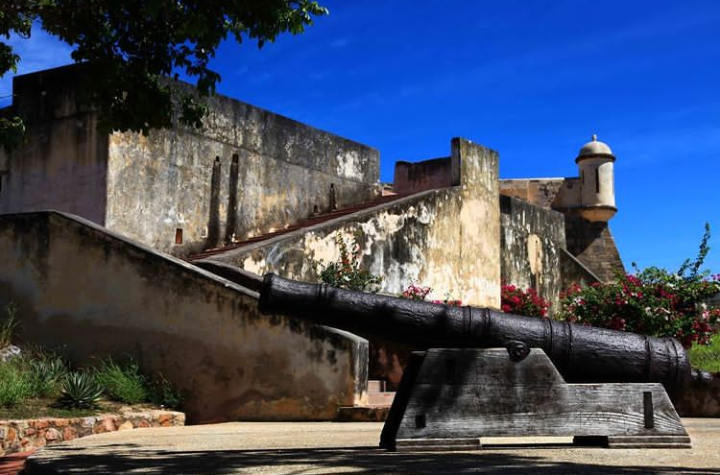
El castillo San Antonio de la Eminencia fue construido entre 1659 y 1686 en el cerro Pan de Azúcar, desde donde domina la ciudad y a su vez puede observar el golfo de Cariaco y la península de Araya. Fue la fortificación más importante que protegía Cumaná, con un diseño de estrella de cuatro puntas, cada una de las cuales apunta a un punto cardinal. Con paredes de dos metros de espesor y una potente artillería, siguió en servicio bien entrado el siglo XIX. Esta fortaleza militar de la colonia, fue mandada a construir para proteger a los habitantes de las constantes incursiones piratas

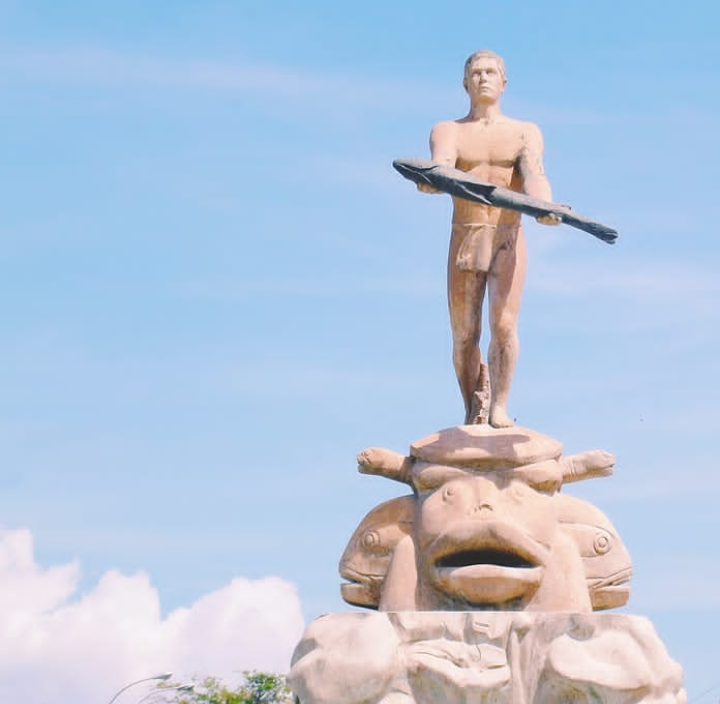
El conjunto escultórico "bienvenida" es un monumento que data del año 1955, fue modelada en arcilla por el escultor Giuseppe Pizzo, inspirado por Candelario Rodríguez Allen, quien fue el modelo para la realización de la escultura. Fue concebido para estar ubicado en el centro de una redoma, y ésta a su vez, funcionaría como elemento de distribución automovilístico y reductor de velocidad. Una característica que permitía recorrer las piezas y observarla desde distintos ángulos; similar a cuando una persona circula alrededor de una pieza escultórica en un Museo. El monumento fue inaugurado un 11 de diciembre de 1955, durante las celebraciones por el 3er año de la llegada al poder del Presidente de la República Gral. Marcos Pérez Jiménez. Originalmente, la escultura contaba con luminarias que hacían un espectáculo visual durante la noche. El indio esta posado sobre una Tortuga Marina Biséfala, que a su vez se ubica sobre tres Peces. Presenta en posición pedestre con el pie izquierdo adelantado y con los brazos extendidos un Lebranche, que simboliza el espíritu de hospitalidad del sucrense.

El Río Manzanares es la suprema potencialidad escénica de Cumaná. El río cruza la ciudad de sur a norte y es un referente histórico ya que constituía la fuente de agua dulce más cercana a Nueva Cádiz (isla de Cubagua) y motivo del primer asentamiento estable de europeos en el continente americano. No obstante se ha convertido en un centro palustre de contaminación, de aguas estancadas, cuyo cauce se define como un precario curso de agua de inexorable pantanización
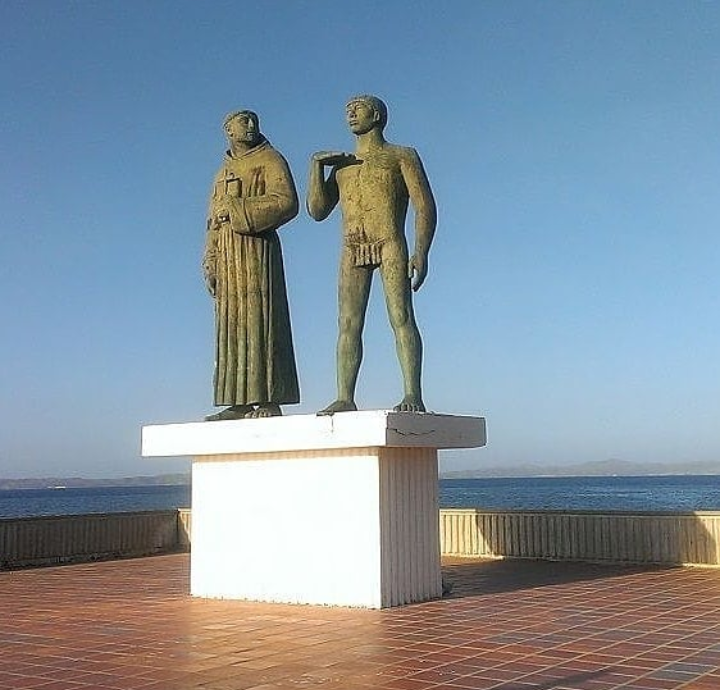
Estatuas del indio ybel monje “El Monumento alegórico a la fundación de Cumana” Esta estructura gigante es obra del artista ítalo-venezolano Hugo Daini; erigido en 1965 en el periodo presidencial del Dr Rula Leoni (1964-1969) . El indio representa los aborígenes que poblaron nuestra región y el Monje la Evangelización de los Frailes Franciscanos. Esta obra mide aproximadamente 3.6 metros y tiene una forma muy particular, dos figuras el fraile observando al indio, mientras este está mirando hacia el horizonte como intentando custodiar desde allí los navíos de los conquistadores
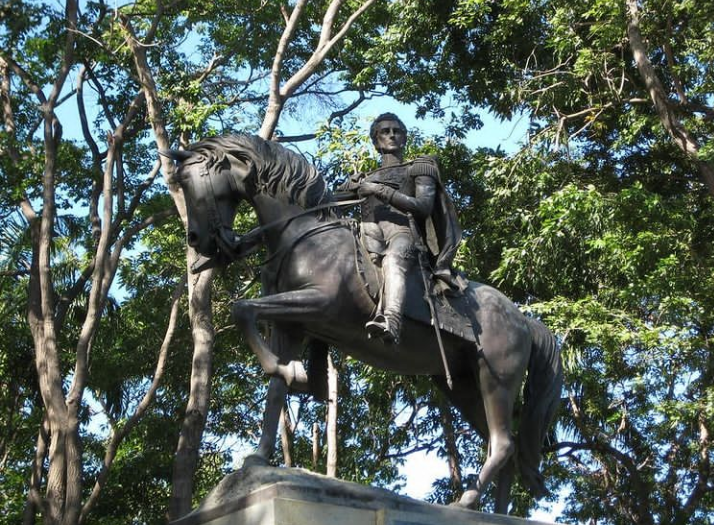
ESCULTURA MONUMENTAL Del Gran Mariscal de Ayacucho. Está ubicada en el Parque Ayacucho, en la Avenida Humboldt, a orillas del río Manzanares y al lado del Museo Ayacucho. La estatua marcial del Héroe de Ayacucho Antonio José de Sucre fue mandada a construir el 9 de diciembre de 1888 y la inauguraron el 28 de octubre de 1890. La plaza exhibe muy orgullosamente la estatua ecuestre del Mariscal Antonio José de Sucre, obra del escultor italiano Giovanni Turini, asentada en un pedestal de granito elaborado por el escultor también italiano, José Carabelli.
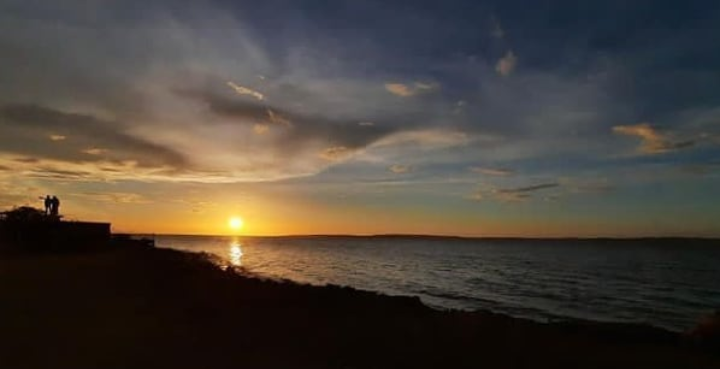
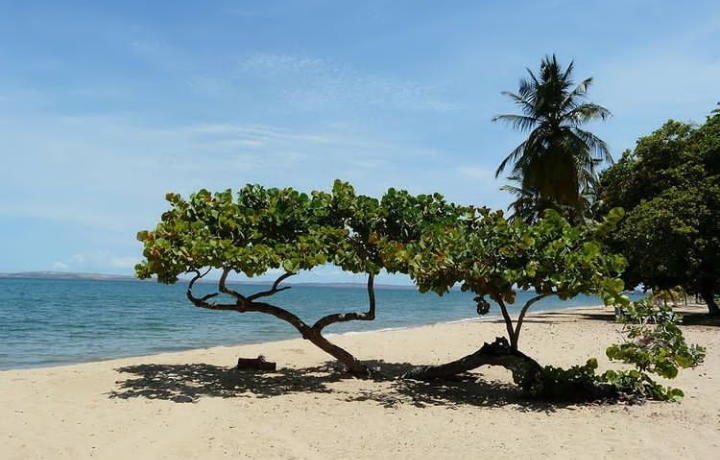
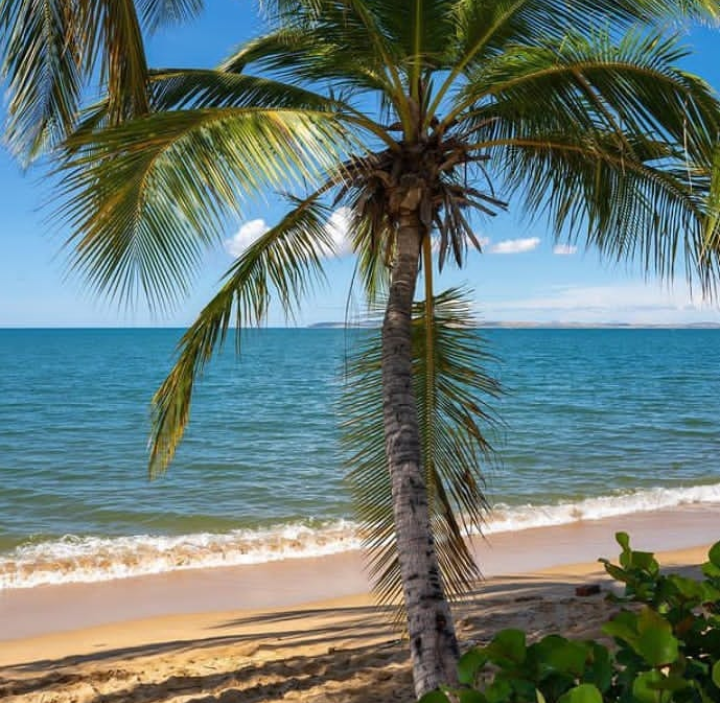
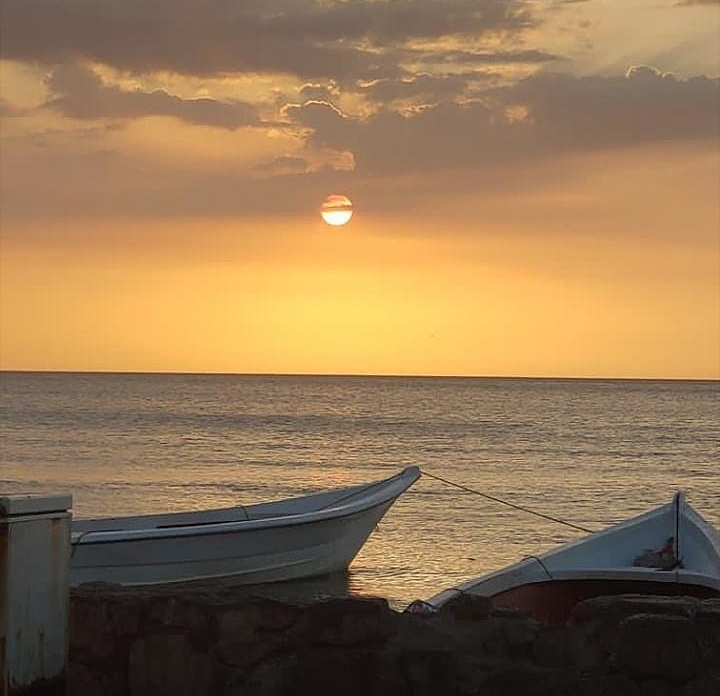
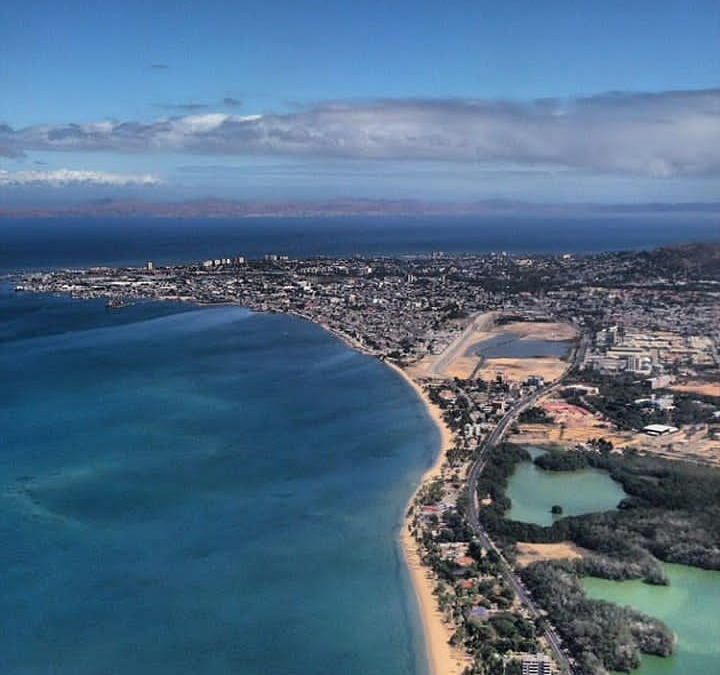
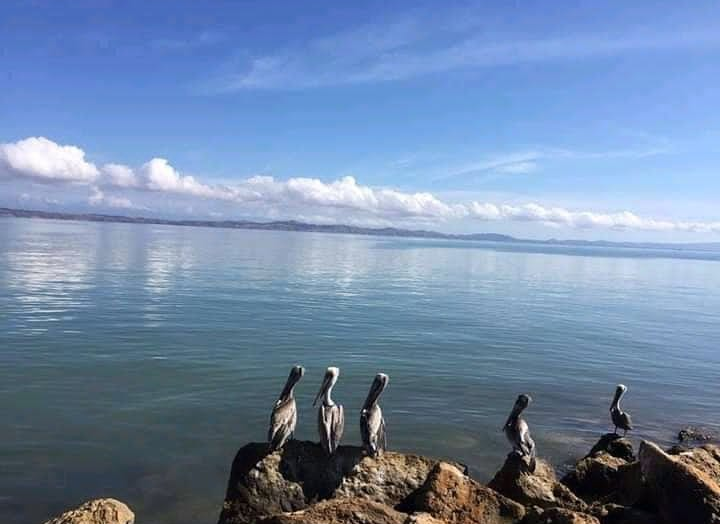
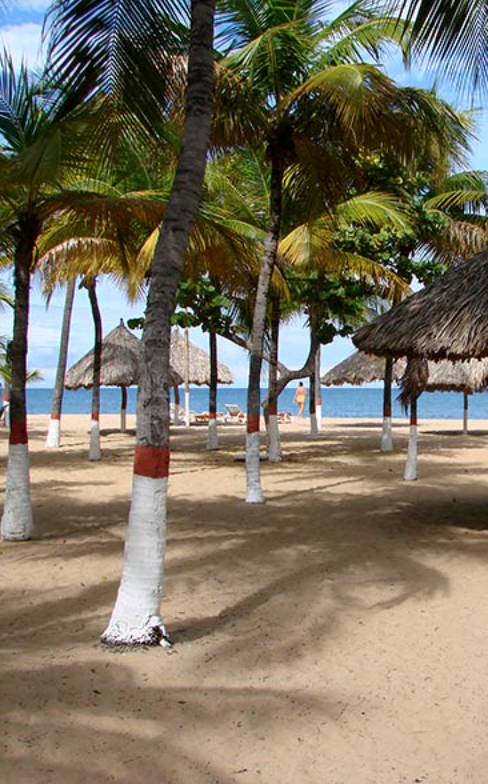
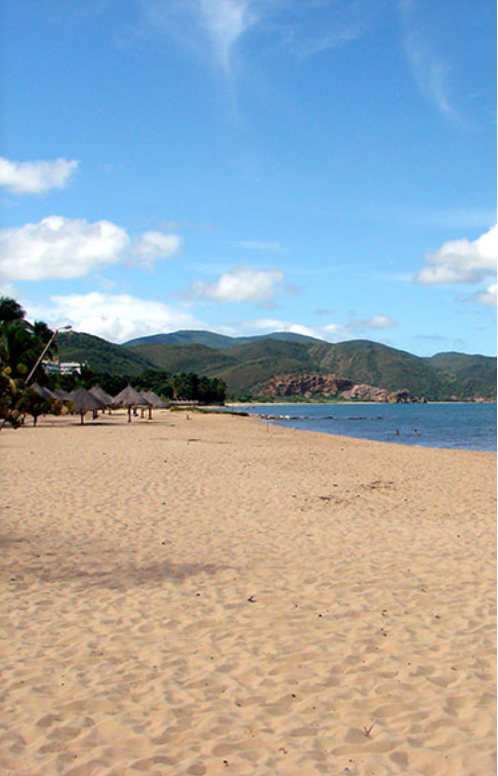
Playa San Luis está ubicada en la Av. Universidad de la Ciudad de Cumaná entrada por el sector Los Bordones- Municipio Sucre – Estado Sucre. En ella se encuentran diferentes restaurantes que expenden comidas típicas de la región, fundamentalmente platos a base de pescados, moluscos y mariscos. En el sector se encuentran los hoteles mas importantes de la capital sucrense, con opciones para todos los gustos y de todos los precios. San Luis es la playa urbana más extensa del estado Sucre, con una gran longitud de litoral dispuesto para el disfrute de los bañistas. El turista puede nadar, practicar deportes acuáticos o recrearse con sus aguas tranquilas y arenas blancas, acompañado de un sol radiante. La playa está ubicada frente a la Fosa de Cariaco, en plena entrada a la ciudad de Cumaná
Gracias por leerme y apoyarme con tu voto. Si quieres seguir disfrutando de un contenido como este, recuerda seguirme para no perderte mis próximas publicaciones
Espero les haya gustado mi publicación, agradeciendo de antemano el apoyo de @blocktrades @appreciator @curie @curangel @rocky1 @upmewhale @kpine, entre otros que me brindan su apoyo.